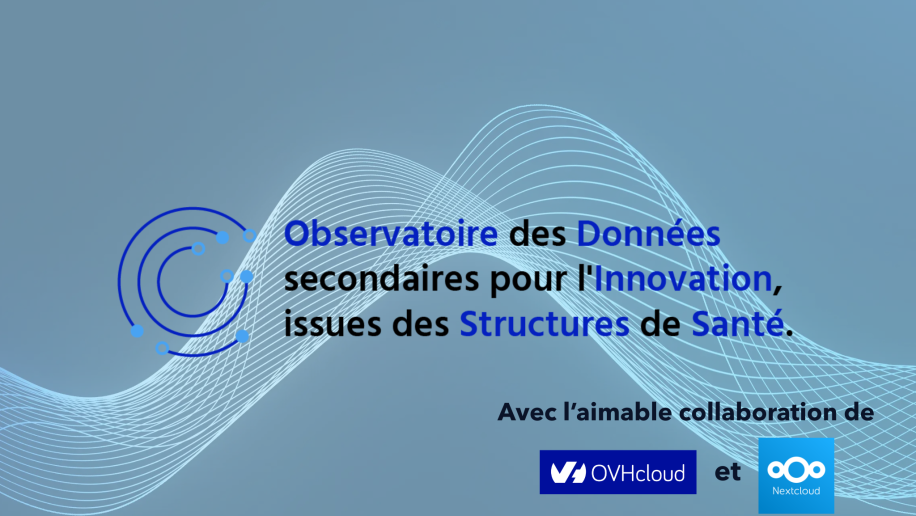Medtronic France being now a member of Healthcare Data Institute, I have the pleasure to introduce both ourselves and our perspective in terms of Healthcare data.
Medtronic is a global healthcare solutions company committed to improving the lives of people through our medical technologies, services, and solutions in Cardiovascular, Restorative therapies, Diabetes and Minimal Invasive surgeries. Written in 1960, our Mission dictates that our first and foremost priority is to contribute to human welfare by application of biomedical engineering in the research, design, manufacture, and sale of instruments or appliances that alleviate pain, restore health, and extend life. Today, more than 88 000 employees in 160 countries are working on improving outcomes that matter to patients, for 65 million patients each year.
Given the strong structuring impact of medical technologies in the health care organizations, we are accountable not only for the good use of our solutions, but also to provide services that maximize patient outcomes and health care efficiency.
In this perspective, the ability to access, analyze and report on health care data is key.
Medtronic France understood that already 10 years ago, when we requested direct access to the French Hospital Administrative data base (PMSI – Programme Médicalisé des Systèmes d’Information). Indeed, Medtronic is providing therapies and solution, for numerous patient’s populations with chronic and/or severe disease, these populations including very often only a few thousand patients and requiring treatment at the hospital level. PMSI data are still today the most reliable source of information for these patients and is fully adapted to our business model.
The access to PMSI allowed us to progressively built expertise in order to:
• Ensure solid analysis are provided to French Healthcare Institutions, such as Haute Autorité de Santé and French Economic Committee, in our reimbursement and financing discussion, e.g. epidemiologic analysis for target population documentation;
• Develop pertinent economic analysis for Health Economics models;
• Understand patient pathways at hospital level, in order to improve those pathways, e.g. improve time to treatment for complex intervention requiring several pre-operative workups, like deep brain stimulation in Parkinson patients;
• Built partnerships with hospitals through our ability to analyze those data in order to help them in their innovative projects. This allows us to develop consultancy services via our Integrated Healthcare Solutions business unit;
• Understand the health care offering with enough granularity, using for example the procedures as a starting point.
The Loi de Modernisation du Système de Santé dated January 26, 2016, has lead us to better secure our utilization of the PMSI database, including an auto control procedure to ensure we fulfill adequately this new Law’s requirements. We also have been active in the discussion regarding industry access to French Health Care data through the Comité Stratégique de Filière that is lead by the DREES (Direction de la Recherche, des Études, de l’Évaluation et des Statistiques). This allows us to participate to the discussions and to monitor remaining uncertainties regarding PMSI data access that we hope will be clarified in a few months.
Medtronic France has also been looking these last two years into real life data acquisition based on administrative data. We have participated to the first medical device post-inscription study based on the French payor database (SNIIRAM- Système National d’Information InterRégimes de l’Assurance Maladie). This study was requested by the HAS (Haute Autorité de Santé) and it allowed an exhaustive study of all patients with carotidien stents. As only a few hundred patient benefit from this technology, this administrative data based study was the most efficient means to collect data in order to assess the impact of this therapy in real life. Based on this experience, we now try to design HAS requested post-inscription studies with administrative data only, or a mix between administrative data, data collected through our devices and more conventional observatories.
This drives us to the next stage of our strategy, which is to become able to monitor properly patient outcomes and costs, to design value based healthcare initiatives that will help both to ensure improvement of patient outcomes, not only with our technologies, but also through services and partnership with all pertinent stakeholder, and eventually change the health care funding model towards a more performance payment model. Our ultimate objective is to be paid “only when it works”, and to use healthcare data to sustain this new business models.




